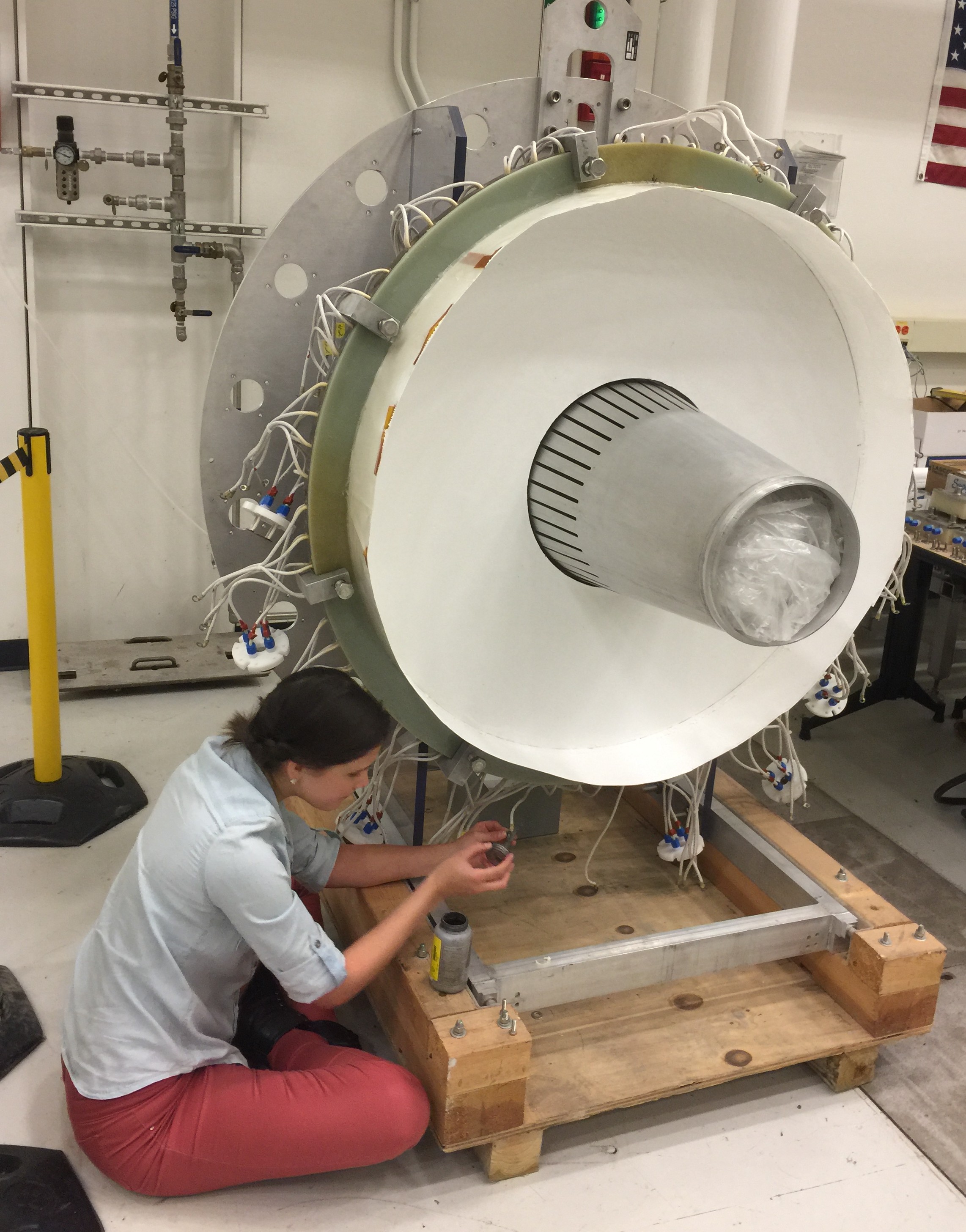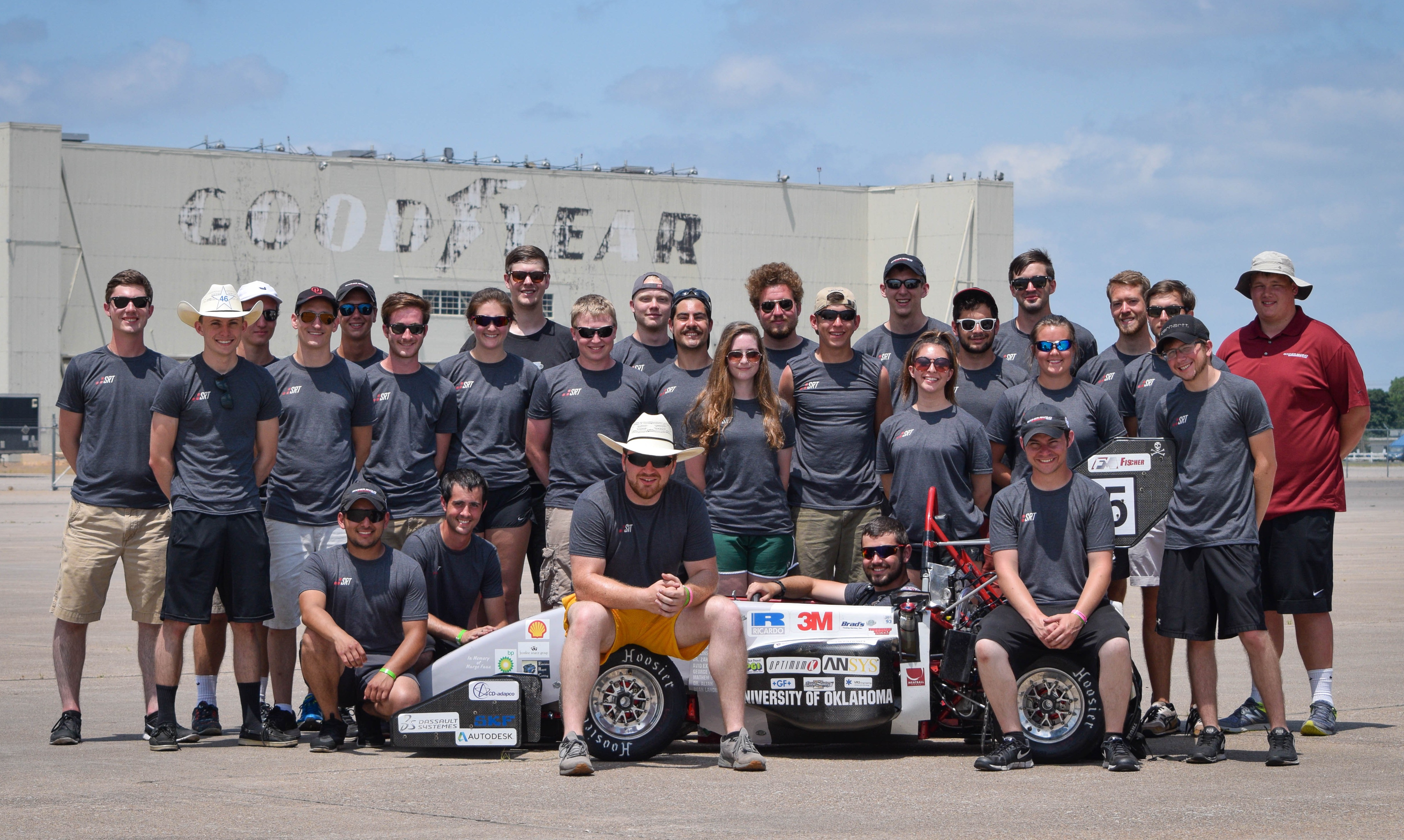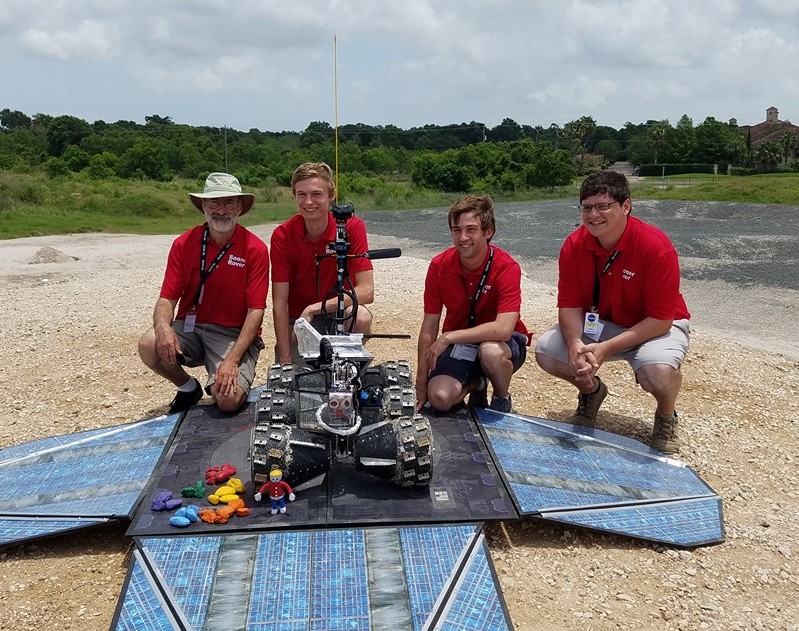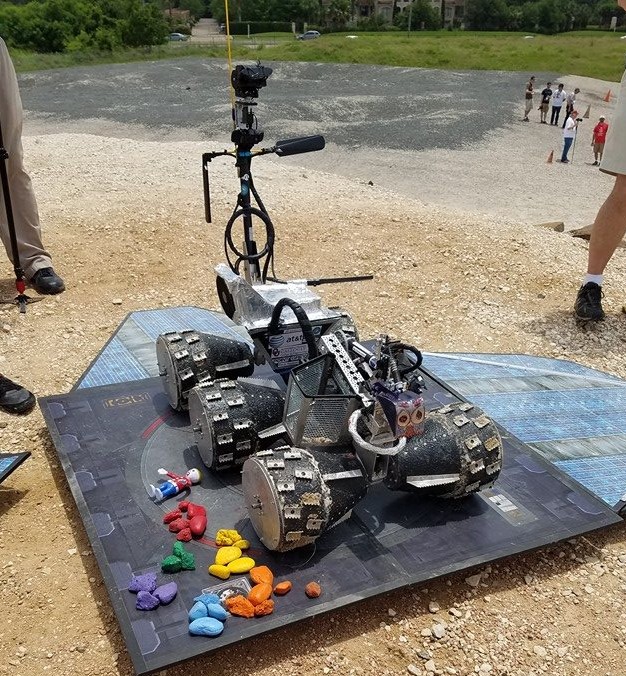 AME Senior Christine Greve was recently chosen as a recipient of the Astronaut Foundation Scholarship. This foundation was created by the Mercury 7 Astronauts and their families to provide merit-based scholarships to the best and brightest university students who excel in science, technology, engineering and mathematics (STEM). The prestigious Astronaut Scholarship is known nationwide for being among the largest monetary scholarships awarded to undergraduate STEM students. Candidates for the scholarship must be nominated by their university professors and must exhibit leadership, imagination and exceptional performance in STEM.
AME Senior Christine Greve was recently chosen as a recipient of the Astronaut Foundation Scholarship. This foundation was created by the Mercury 7 Astronauts and their families to provide merit-based scholarships to the best and brightest university students who excel in science, technology, engineering and mathematics (STEM). The prestigious Astronaut Scholarship is known nationwide for being among the largest monetary scholarships awarded to undergraduate STEM students. Candidates for the scholarship must be nominated by their university professors and must exhibit leadership, imagination and exceptional performance in STEM.
Christine is a senior at the School of Aerospace and Mechanical Engineering at the University of Oklahoma pursuing her bachelor’s degree in aerospace engineering and a minor in Spanish language.
Living in Alabama, Christine grew up around the space industry and had always had a love for it, but it wasn’t until her sophomore year of college when she realized her love of the space industry could also be turned into a career.
“I was looking at the different disciplines of engineering one morning when I realized that the college offered aerospace engineering,” said Christine. “The word ‘aerospace’ caught my attention, causing me to talk to one of the professors. About an hour after the conversation, I realized that I could actually pursue a job in the space industry and I was sold.”
 As a selected recipient of the Astronaut Foundation Scholarship, it is no surprise that Christine has the credentials to back it up. She is a National Merit Scholar and has been on the University President’s Honor Roll, University’s Deans Honor Roll and the Gallogly College of Engineering Dean’s Honor Roll. In addition, she is a member of Tau Beta Pi Engineering Honor Society, National Society of Collegiate Scholars and a member of Phi Kappa Phi Honor Society. Christine is a member of OU’s Chapter of the American Institute of Aeronautics and Astronautics (AIAA) and a member of Crimson Skies Design Build Fly.
As a selected recipient of the Astronaut Foundation Scholarship, it is no surprise that Christine has the credentials to back it up. She is a National Merit Scholar and has been on the University President’s Honor Roll, University’s Deans Honor Roll and the Gallogly College of Engineering Dean’s Honor Roll. In addition, she is a member of Tau Beta Pi Engineering Honor Society, National Society of Collegiate Scholars and a member of Phi Kappa Phi Honor Society. Christine is a member of OU’s Chapter of the American Institute of Aeronautics and Astronautics (AIAA) and a member of Crimson Skies Design Build Fly.
Last summer, Christine interned at NASA Marshall Space Flight Center in Huntsville, Alabama, where she characterized components of a propellant feed system through test design, data acquisition and data analysis. Since January 2016, Christine has continued her work with an independent study program through the NASA Marshall Space Flight Center. During her ongoing independent study, she has been designing an attitude control system for cube satellites using pulsed plasma thrusters, modeling the satellite using SolidWorks for technical presentations, and communicating with professionals to better design a test satellite for optimal results.
 As you may expect, Christine plans to work in the space industry after graduation in May 2017, and she also hopes to earn her graduate degree while continuing her research in the field of in-space propulsion.
As you may expect, Christine plans to work in the space industry after graduation in May 2017, and she also hopes to earn her graduate degree while continuing her research in the field of in-space propulsion.
“For my career, I see myself focusing on either electric or nuclear propulsion,” said Christine. “I want to work towards the advancement of in-space propulsion for manned spacecraft to make interstellar travel an achievable goal in my lifetime. I want to offer new opportunities in spaceflight to help inspire younger generations to continue exploring the stars. I want to rekindle the flame that enabled the incredible engineering of the Apollo missions and that held the world captive as man first stepped onto the moon.”
Christine has big dreams. We think with her leadership, imagination and exceptional performance in STEM, she can achieve it.
Congratulations, Christine! We are proud of your accomplishments thus far, and we look forward to see what this year holds for you as the recipient of the Astronaut Foundation Scholarship!
To learn more about the Astronaut Scholarship Foundation, click here.




